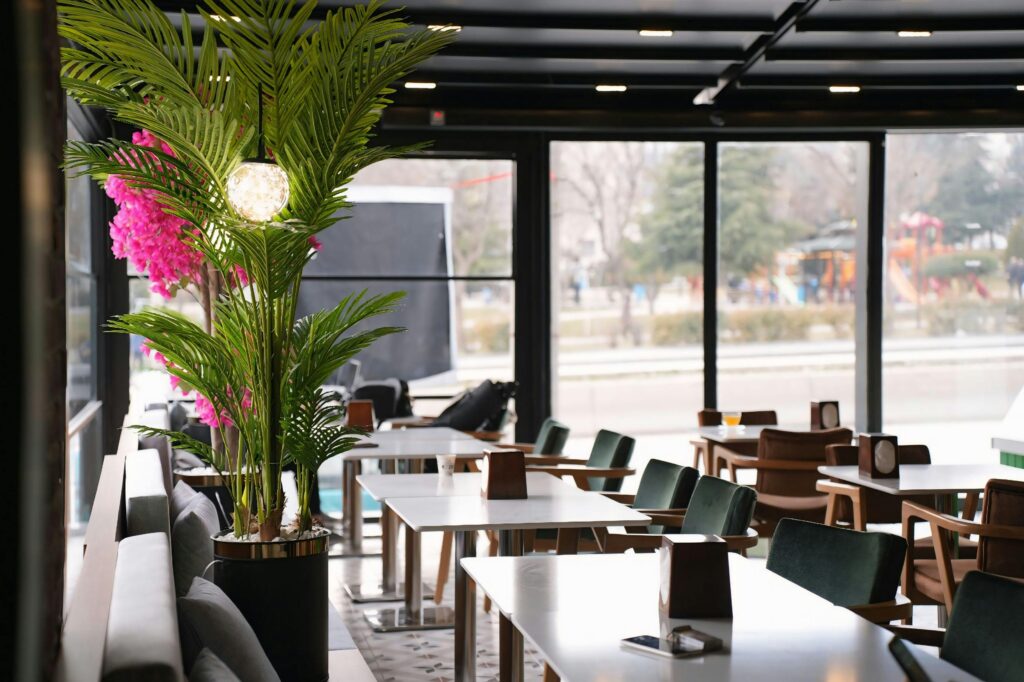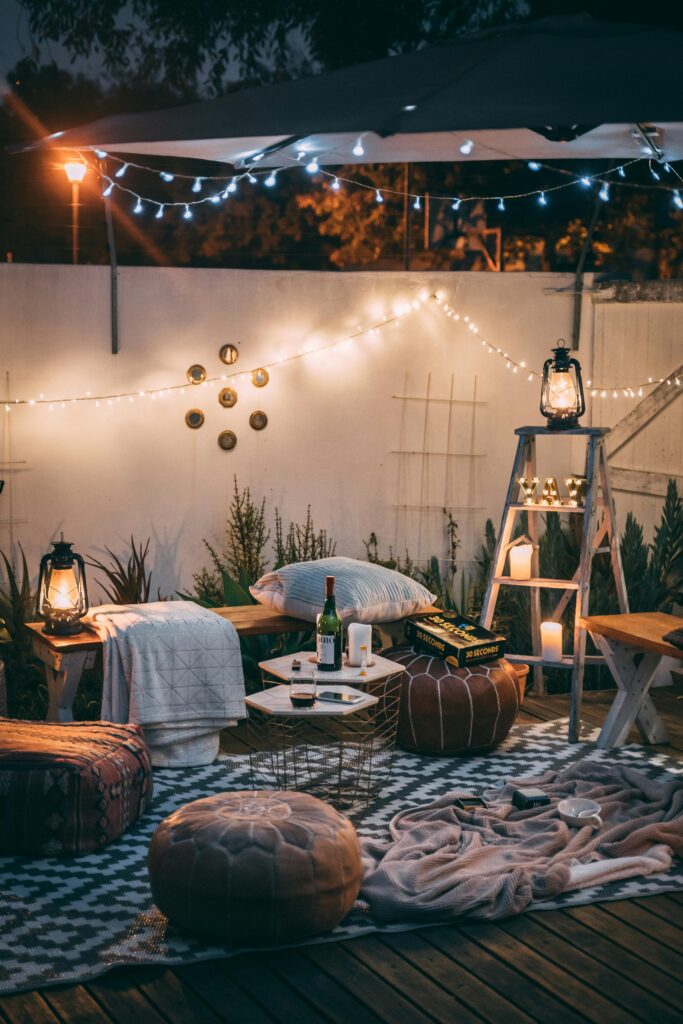
In today’s competitive food service industry,ambiance plays a great role. Offering great food is no longer enough. Diners seek more than just a meal—they crave a memorable experience. One of the most powerful tools for delivering this experience is ambiance. For restaurants in Nigeria especially, where the culinary scene is rich and diverse, creating the right ambiance can be a game-changer.
What is Ambiance in a Restaurant?
Ambiance refers to the atmosphere or mood created by the combination of elements such as lighting, music, decor, layout, scent, and even staff behavior. It plays a crucial role in:
- Setting expectations before a meal is served
- Enhancing the perception of food quality
- Influencing how long customers stay and how much they spend
- Encouraging repeat visits and customer loyalty
1. The Psychological Impact of Ambiance
The ambiance of a restaurant affects how diners feel and behave:
- Warm lighting and comfortable seating promote relaxation and longer visits
- Loud or upbeat music can energize the atmosphere and increase turnover
- Pleasant aromas stimulate appetite and memory
- Colors and textures influence mood; for example, earthy tones can create a calming effect
In Nigeria, tailoring these elements to local preferences and cultural nuances can significantly boost customer satisfaction.
2. Cultural Relevance in Nigerian Restaurant Ambiance
To connect with local audiences, consider integrating Nigerian cultural elements into your ambiance:
- Traditional artwork, patterns, and motifs that celebrate Nigerian heritage
- Live music or Afrobeat playlists to add vibrancy
- Local materials such as wood carvings, raffia, and woven baskets for decor
Keeping these elements as original as possible can help create an authentic experience that resonates with Nigerian diners and customers.
3. Lighting and Layout: The Foundation of Ambiance
Lighting and layout can transform your restaurant’s look and feel:
- Use warm, dim lighting in fine dining settings to evoke intimacy
- Choose bright, natural lighting for casual and family-friendly environments
- Ensure spacious, uncluttered layouts to promote comfort and easy movement
- Add accent lighting to highlight specific features like artwork or menu boards
Strategic lighting can also reduce energy consumption when using LED or solar-powered options.
You can read our blog post on sustainability in restaurants here.
4. Music and Soundscaping
The right music can elevate a meal into an experience and improve the ambiance of the restaurant. Choose sounds based on your brand identity:
- Afrobeat, Highlife, or contemporary Nigerian pop for a trendy, youthful vibe
- Soft jazz or instrumental music for a calm, upscale experience
- Traditional drumming or local tunes for a cultural dining theme
Volume levels should be controlled to ensure that customers can converse comfortably.
5. Interior Design and Furniture
Your choice of furniture and decor speaks volumes:
- Invest in comfortable, stylish seating to encourage longer stays
- Use natural or local materials like wood, bamboo, or leather for authenticity and to aid ambiance
- Incorporate green elements such as indoor plants or herb walls to promote sustainability and freshness
Interior design should reflect your restaurant’s theme—whether it’s a rustic buka-style eatery, a modern rooftop bar or whatev er else you have in mind.
6. Scents and Aromas
Scent plays a subtle yet powerful role in the dining experience and it is no surprise that it contributes to the ambiance of a restaurant:
- Pleasant smells stimulate appetite and improve mood
- Avoid overpowering scents that may conflict with food aromas and make diners not want to return
- Use essential oil diffusers or incense to gently perfume the space
The aroma coming from your restaurant can make diners excited and leave them anticipating the food and experience.
7. Staff Behavior and Presentation
Ambiance isn’t just about the physical space—your team is part of the atmosphere:
- Staff should be friendly, attentive, and professionally dressed
- Train staff to use courteous language and warm body language
- Coordinated uniforms and grooming add to the visual harmony
Well-trained staff help create a welcoming and enjoyable environment for guests.
8. Seasonal and Event-Themed Ambiance
Stay fresh and relevant by updating your ambiance for holidays or special events:
- Decorate for Christmas, Easter, or Independence Day with culturally appropriate themes
- Create romantic setups for Valentine’s Day or candlelit dinners
- Use seasonal menus and decor to keep things exciting and encourage repeat visits
9. Outdoor vs. Indoor Dining Ambiance
Offer different ambiance experiences:
- Outdoor dining: Perfect for romantic evenings or casual hangouts, especially in Nigeria’s warm climate
- Indoor dining: Controlled environment ideal for formal meetings or air-conditioned comfort
Enhance outdoor spaces with garden lights, soft music, and mosquito control.
10. Collect Feedback and Continuously Improve
Regularly ask for customer feedback to understand how your ambiance is being perceived:
- Use comment cards, online reviews, or social media polls
- Monitor recurring themes in feedback and make improvements
- Observe customer behavior to see what areas attract the most engagement

Ambiance is a critical factor in creating a memorable dining experience in Nigerian restaurants. By thoughtfully combining lighting, music, decor, and cultural relevance, you can make your establishment stand out. Whether you’re running a fast-casual eatery in Abuja, a fine dining spot in Lagos or a restaurant anywhere else in the country enhancing your ambiance will lead to happier customers and a more successful business.

Leave a Reply